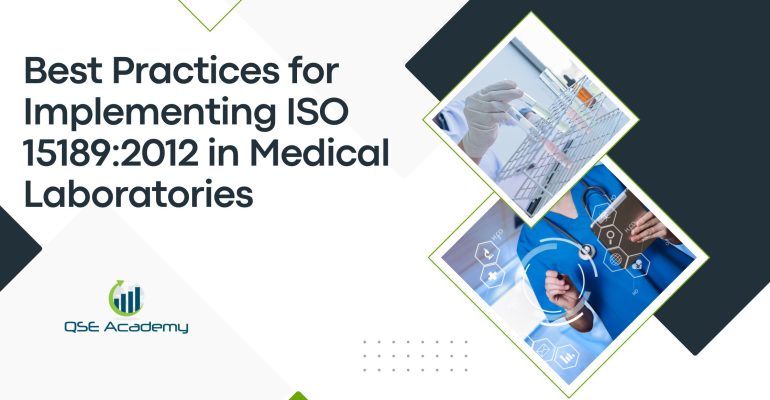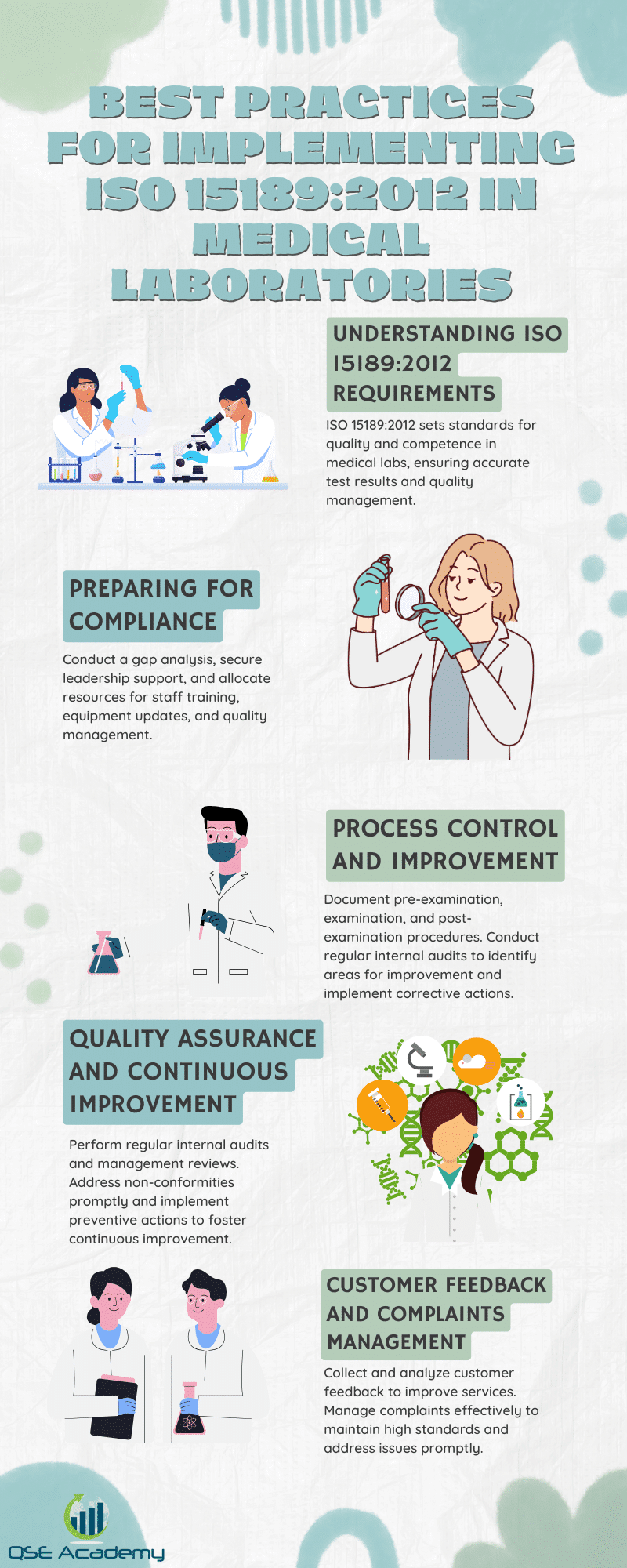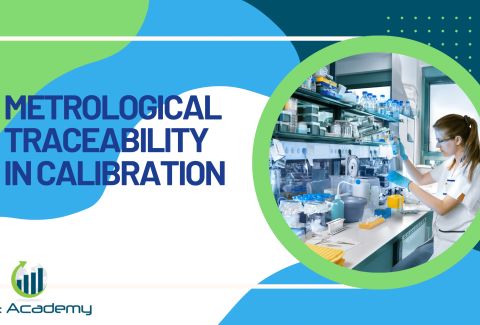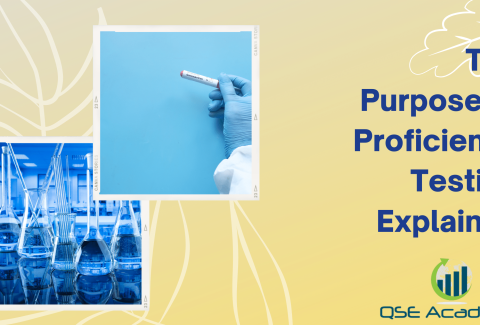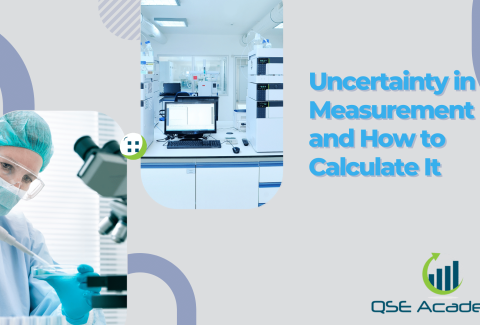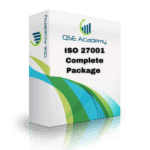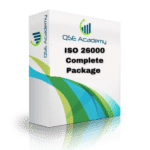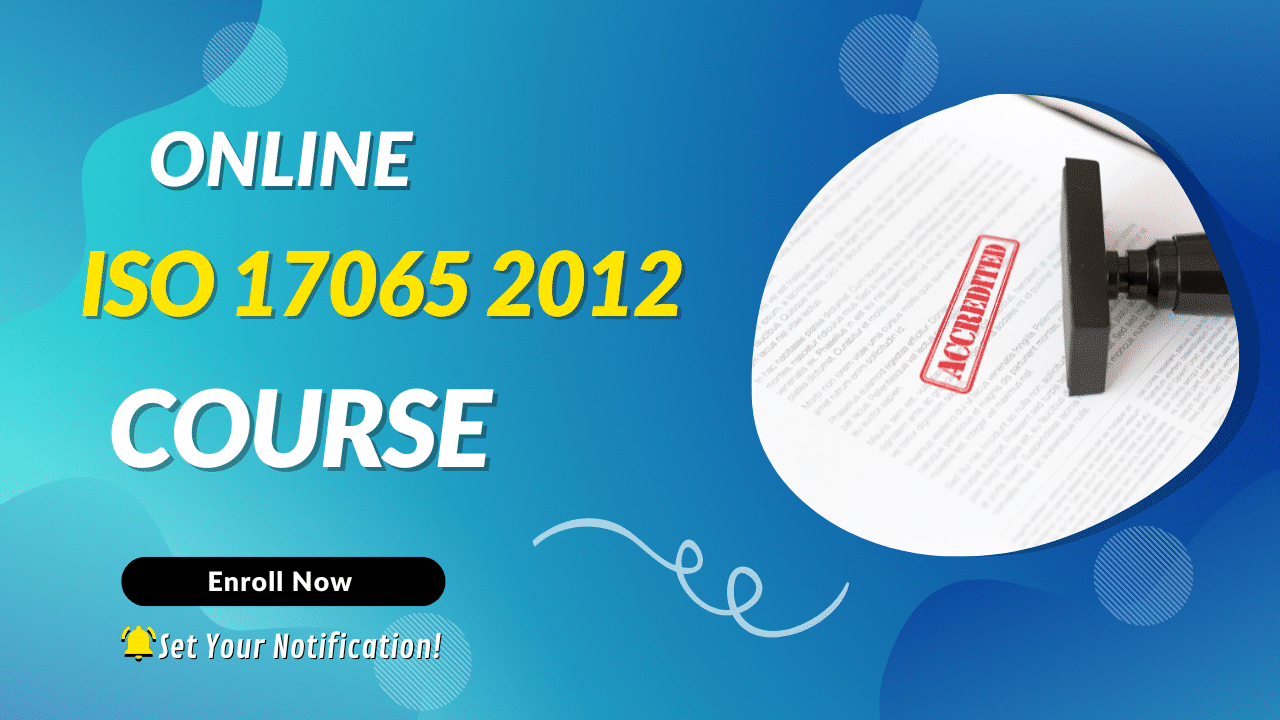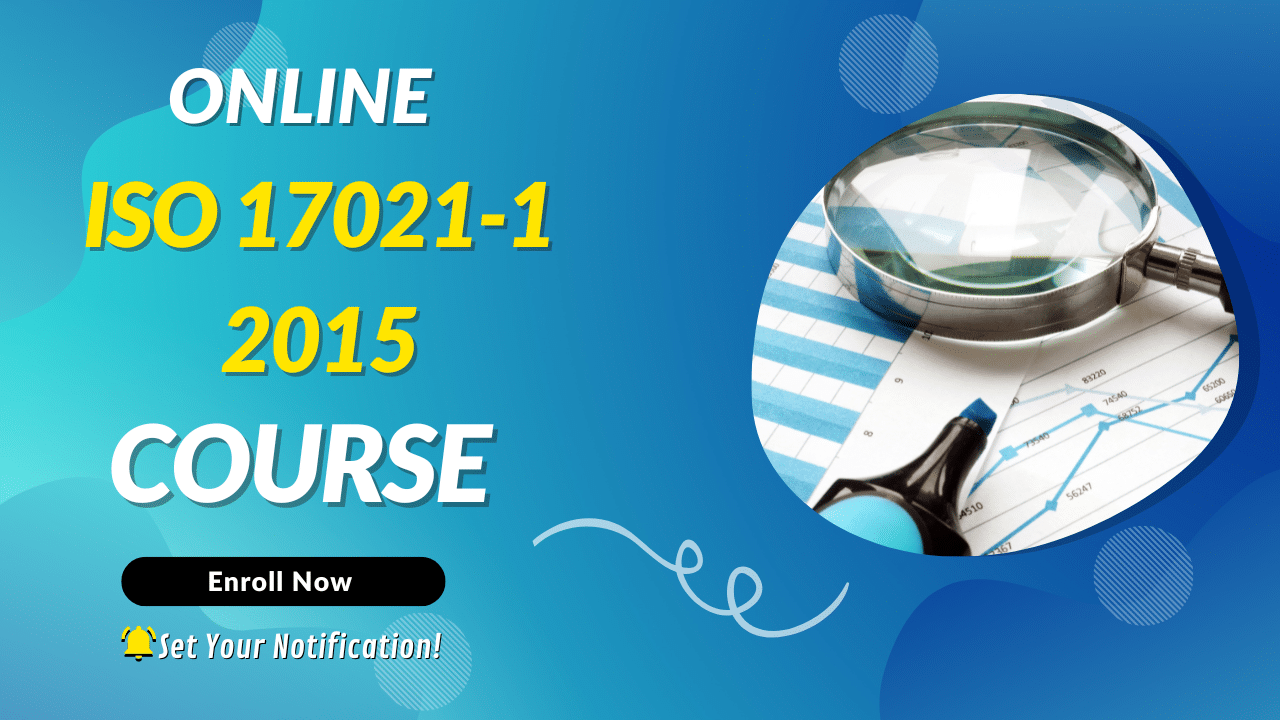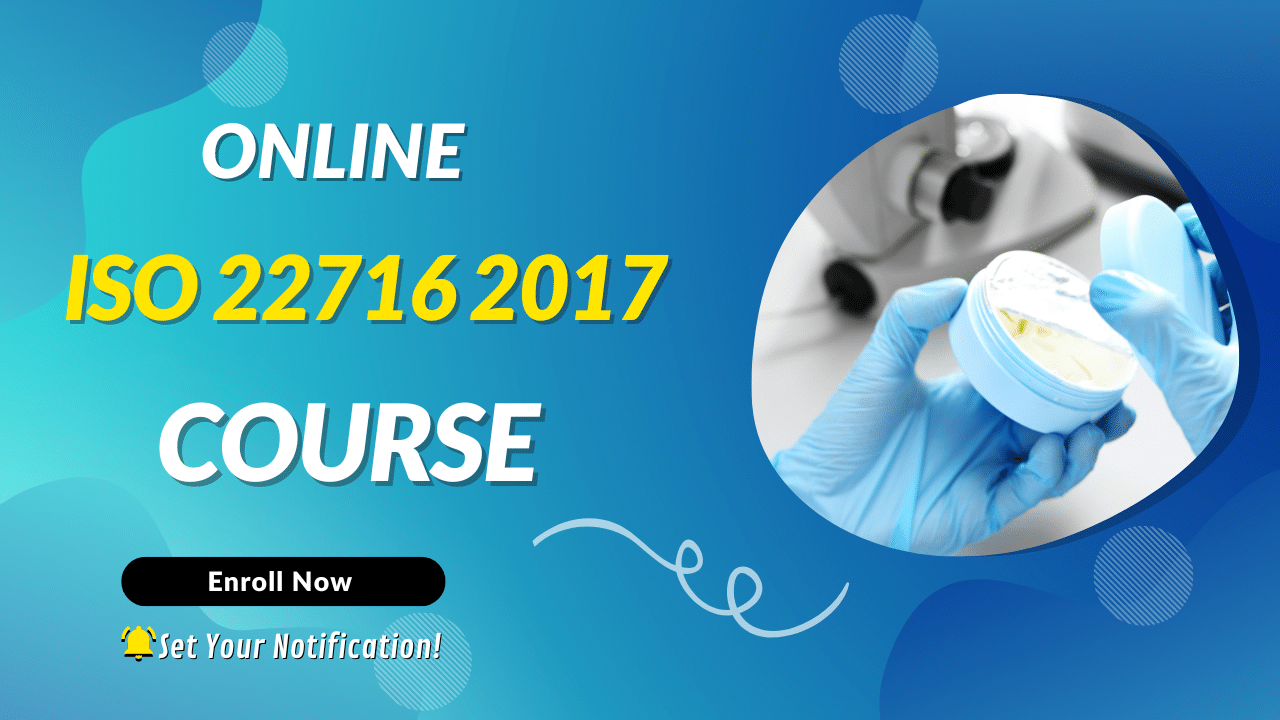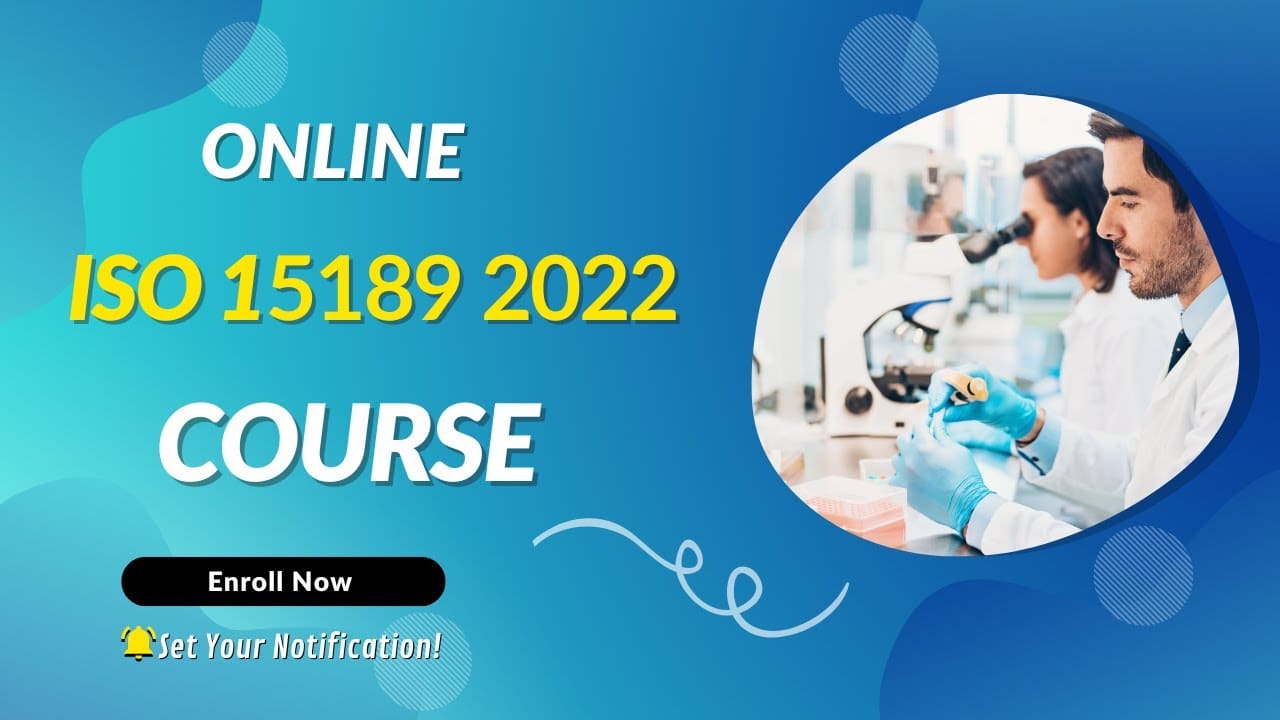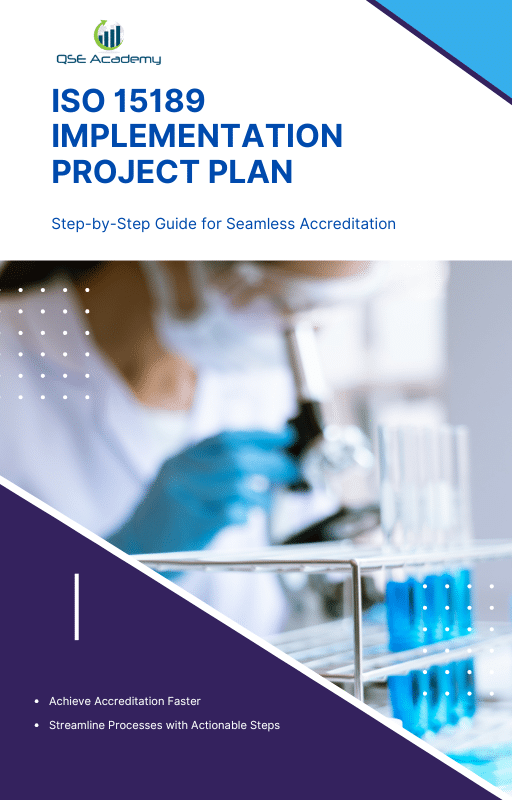Best Practices for Implementing ISO 15189:2012 in Medical Laboratories
Ensuring the highest quality of medical laboratory services is a commitment to life itself. ISO 15189:2012 offers a framework for excellence in medical laboratory processes. This guide is an essential resource for laboratories aiming to achieve or maintain accreditation. Welcome to the detailed exploration of best practices for implementing ISO 15189:2012 in medical laboratories.
Introduction
ISO 15189:2012 is an international standard that specifies requirements for quality and competence in medical laboratories. It is essential for laboratories that want to ensure their services meet stringent patient care needs by focusing on both management requirements and technical competencies. Implementing ISO 15189 not only enhances laboratory processes but also fosters confidence in healthcare providers and patients regarding test results.
The evolution of ISO 15189 can be traced to the growing need for a standardized approach to the operation of clinical laboratories. First introduced in 2003, the standard has since undergone refinements, with the current version released in 2012. It integrates certain elements of ISO/IEC 17025, which are relevant to medical testing laboratories, but also includes additional requirements specific to medical contexts.
ISO 15189 is indispensable as it ensures that medical laboratories are competent to carry out tests, which is fundamental for effective patient care. Accreditation bodies use it as a criterion for assessing laboratories, and it is often a prerequisite for demonstrating technical competence in the field of medical laboratory services. It helps in establishing a laboratory’s credibility and swearing by the international standard in quality and operational excellence.
| ISO 15189:2012 | Significance |
| Quality | Establishes criteria for the quality manual, contributing to enhancing reliability and accuracy of laboratory results. |
| Competence | Assesses the competence of testing, ensuring that laboratory personnel are able to perform tests as per international benchmarks. |
| Patient Care | Central to patient diagnosis and management, influencing treatment decisions and outcomes. |
| Accreditation | Considered as a requirement by accreditation bodies; key in the accreditation process. |
Understanding ISO 15189:2012
ISO 15189:2012 is an international standard that outlines the requirements for quality and competence in medical laboratories. Its purpose is to ensure that laboratories produce reliable and accurate test results, which are critical for patient care and safety. By adhering to this standard, medical laboratories demonstrate their ability to operate competently and generate valid results, thereby promoting international harmonization of laboratory practices.
While ISO 15189:2012 is tailored for medical laboratories, it is applicable to a range of laboratory environments that engage in the analysis of biological materials for medical purposes. This includes clinical laboratories, calibration laboratories, and those performing point-of-care testing. Key stakeholders in the implementation of this standard include laboratory directors, management, laboratory technicians, and the quality assurance team.
ISO 15189:2012 is distinct from other standards, such as ISO/IEC 17025, which is used by testing and calibration laboratories. The major difference is that ISO 15189:2012 also addresses requirements specific to medical laboratories, such as those related to patient care, which are not covered by ISO/IEC 17025.
The application of ISO 15189:2012 is vast, catering to a variety of medical laboratory types, thus unifying different entities under a singular framework of quality and competence.
Preparing for Implementation
Conducting a Gap Analysis Prior to implementing ISO 15189:2012, medical laboratories must perform a comprehensive gap analysis. This critical step involves comparing current laboratory practices with the requirements of ISO 15189. The process comprises:
- Assessing existing procedures.
- Identifying discrepancies between current practices and the international standard.
- Crafting an action plan to address the identified gaps.
This analysis pinpoints areas for improvement and is the foundation for successful implementation.
Securing Commitment and Leadership Support The effective implementation of ISO 15189 requires unequivocal support from top management. Leaders must comprehend and communicate the importance of adhering to the international standard for enhancing medical laboratory services and patient care. Clearly defining the roles and responsibilities for personnel at all levels paves the way for a unified commitment to achieving accreditation.
Resource Allocation and Budgeting Proper resource allocation and budgeting are vital. Medical laboratories must identify the resources—human, material, and financial—needed for ISO 15189 implementation. Investments in infrastructure and technology should align with the technical competence requirements of the standard, ensuring that all laboratory processes meet the management system standard and additional requirements set by accreditation bodies. Proper budget planning is essential to cover costs for training, calibration laboratories, equipment, and any necessary infrastructure modifications.
Establishing a Quality Management System (QMS)
Establishing a Quality Management System (QMS) within a medical laboratory is central to ISO 15189:2012 implementation. To ensure compliance with this international standard and to meet both management and technical requirements, a QMS integrated into laboratory processes is vital for achieving and maintaining accreditation and for enhancing patient care.
Quality policies and objectives form the cornerstone of the QMS. The laboratory management must develop a quality policy that is aligned with the standard’s ethos of competence, care testing, and continuity of medical laboratory services. It must be concise, communicated to all personnel, and inform the setting of measurable quality objectives. These objectives should be regularly reviewed and should focus on the competence of testing, preventive action, and continual improvement.
Documentation and record-keeping are also central to the QMS structure, as they provide evidence of consistent practices and decisions in line with the requirements of ISO 15189. This includes maintaining essential documents like the quality manual, procedures, and the records of internal audits and competency assessments. Best practices also involve ensuring these records are accurate, up-to-date, and readily available for inspection by accreditation bodies and for the laboratory management’s own review process.
Short, clear, and well-structured documentation aids in adherence to standard requirements and supports efficient operation and effectiveness in the quality of service provided by clinical laboratories.
The passage focuses on establishing a Quality Management System as part of ISO 15189 implementation. It addresses the development of quality policies and objectives, along with documentation and record-keeping best practices. If you need further elaboration or the inclusion of additional elements like a table or a list, feel free to let me know.
Competence and Training
In the context of ISO 15189:2012—pertinent to medical laboratory services—it’s imperative that laboratory management ensures all personnel meet the necessary educational, training, and experience requirements. This international standard emphasizes the importance of assessing personnel competence regularly, not just at the point of hire. To maintain the high standards expected in medical laboratories, ongoing competence assessment is crucial, along with opportunities for continuous professional development.
Laboratory staff must remain proficient in their roles, and laboratories are responsible for supporting this through adequate resources and programs. This ties directly into the requirements for quality patient care and contributes to the laboratory’s technical competence.
Designing and Implementing Training Programs
A key facet of ISO 15189 implementation is the development of comprehensive training programs. The programs should be designed not only to initiate new employees but also to keep all staff up-to-date with the requirements of ISO 15189. Ensuring awareness of the standards amongst personnel is a fundamental step towards compliance.
An effective training program includes clear communication of expectations, concise learning objectives, and measurable outcomes. It’s crucial that laboratory management monitors and evaluates the effectiveness of training to identify areas for improvement, and confirm that the ISO standards are being adhered to in practice. Regular reviews of training programs are essential for the continuous enhancement of laboratory processes and the competence of testing personnel.
Process Control and Improvement
Section 5 of ISO 15189:2012 focuses on Process Control and Improvement in medical laboratory services, which is critical for sustaining high standards of patient care. Laboratories accredited under this international standard are required to establish and maintain procedural protocols across various stages of testing to ensure the validity and reliability of test results.
Pre-Examination Processes
To standardize pre-examination processes, the following measures should be undertaken:
- Patient Identification: Implement strict protocols for the identification of patients to ensure that samples are accurately linked to the correct individual.
- Sample Collection: Standardize collection techniques to improve the quality and consistency of specimens.
- Handling, Transportation, and Storage: Develop and follow best practices for the proper handling, secure transportation, and appropriate storage of samples to maintain their integrity.
Examination Processes
Ensuring accurate examination processes involves:
- Standardized Procedures: Adopt and adhere to standardized testing procedures to provide reliable results.
- Method Validation: Regularly conduct validation and verification of examination methods to ensure their effectiveness.
Post-Examination Processes
Optimizing post-examination processes includes:
- Result Reporting: Promptly and accurately report results in a clear and interpretable format.
- Clinical Correlation: Ensure results are reviewed in the context of clinical presentation and correlated with other clinical findings where necessary.
Implementing these best practices as part of the requirements of ISO 15189 contributes to the overall quality and efficiency of medical laboratory services, enhancing the technical competence and management requirements of clinical laboratories.
Quality Assurance and Continuous Improvement
Implementing a robust quality assurance program is integral for medical laboratories that adhere to ISO 15189:2012. This international standard sets forth the requirements for quality and competence of testing in clinical laboratories to ensure reliability in medical laboratory services.
Internal Audits
- Perform regular internal audits to monitor conformance to the standard’s requirements.
- Develop action plans to address any non-conformities, ensuring continuous improvement in laboratory processes.
Management Reviews and Quality Improvement
- Conducting systematic management reviews is key to assessing the efficiency and effectiveness of the quality management system (QMS).
- Utilize the outcomes from these reviews to implement strategic improvements, thereby fostering a culture of excellence in patient care and laboratory management.
Customer Feedback and Complaints Management
- Establishing a procedure for collecting customer feedback is crucial to identifying areas of service enhancement.
- Effectively manage complaints to rectify issues swiftly, demonstrating a commitment to customer satisfaction and quality care testing.
By focusing on these core areas, a medical laboratory can advance its quality assurance and continuously improve its services, aligning with both the management requirements and technical requirements of ISO 15189:2012.
Leveraging Technology for ISO 15189 Compliance
Implementing ISO 15189:2012 in medical laboratories involves adhering to stringent guidelines to assure the quality and competence of medical laboratory services. Technology, particularly the use of Laboratory Information Management Systems (LIMS), plays a pivotal role in achieving compliance.
A LIMS helps in automating lab processes, reducing the chances of human error, and enhancing efficiency across laboratory operations. This supports the ISO 15189 requirements for quality management and technical competence in clinical laboratories.
When choosing a LIMS, one should look for key features that align with the requirements of ISO 15189:2012, such as:
- Sample Tracking
- Workflow Management
- Quality Control
- Data Security
- Reporting and Analytics
Automation extends beyond LIMS, facilitating streamlined data management, which is critical for maintaining the integrity of test results—a core aspect of ISO 15189. Laboratories should establish best practices for managing their data, which include:
- Maintaining secure and organized electronic records.
- Ensuring data traceability and ease of access for audits.
- Implementing regular backups and disaster recovery protocols.
Leveraging these technological tools and strategies not only aids in meeting the compliance for ISO iste standards but also elevates the overall efficiency and reliability of medical laboratory services, thereby indirectly enhancing patient care.
Engaging Stakeholders and Communication
Implementing ISO 15189:2012 necessitates robust stakeholder engagement and effective communication strategies. Ensuring that employees are well-informed and involved is pivotal for the successful application of the international standard in medical laboratories. Regular internal updates and feedback sessions are integral to fostering a culture of transparency and collaboration. These updates may cover changes in laboratory processes, management requirements, and technical competence needs, all of which align with the standard.
| Stakeholder | Communication Method | Purpose |
| Employees | Regular Updates, Feedback | Ensuring alignment and competence |
| Management Team | Strategy Meetings, Reports | Guiding laboratory processes |
| Clinical Staff | Training Sessions, Newsletters | Compliance with technical requirements |
| Accreditation Bodies | Assessment Reports, Audits | Demonstrating conformity |
When communicating with external stakeholders, such as clients and partners, clarity regarding the laboratory’s ISO 15189 implementation is vital. Addressing client concerns and queries promptly can build trust and strengthen relationships, essential in patient care testing. By informing them of the medical laboratory services’ adherence to the ISO standard, laboratories demonstrate a commitment to quality and technical competence.
Both internal and external communication must be logged as part of the laboratory’s quality manual, ensuring that the actions taken to meet both management system standards and clinical laboratories’ technical competence requirements are well-documented and can be reviewed by accreditation bodies during the accreditation process.
Case Studies and Real-World Applications
The journey to ISO 15189:2012 accreditation can significantly enhance the capabilities of medical and research laboratories. Adherence to international standards not only assures the technical competence of staff and the reliability of laboratory results but also contributes to the betterment of patient care and procedural efficiency.
Case Study 1: Clinical Laboratory Enhancement
A clinical laboratory, facing inconsistencies in test results and rising demand for accredited medical laboratory services, embarked on the ISO 15189:20112 implementation. They conducted a thorough gap analysis, addressed the management requirements, and improved technical processes. Post-certification, the laboratory witnessed streamlined operations, better patient care testing, and was recognized by accreditation bodies.
Case Study 2: Research Laboratory Advancement
For a research laboratory grappling with outdated protocols and equipment, the adoption of ISO 15189:2012 was pivotal. The lab director initiated a comprehensive review of laboratory processes against the requirements of ISO, resulting in updated quality manual and rigorous internal audits. Achieving accreditation, the laboratory enjoyed an elevated reputation for technical competence and robust management system standards.
These real-world applications demonstrate the tangible benefits of ISO 15189:2012 implementation, showcasing improvements in the quality and efficiency of laboratory services, which ultimately enhance patient care and fortify the reputation of the establishment in the scientific community.
Conclusion
Medical laboratories play an integral role in patient care through timely and accurate diagnostic testing. The implementation of ISO 15189:2012, an international standard specifying requirements for quality and competence in medical laboratories, is crucial for enhancing laboratory services. By following best practices such as conducting comprehensive gap analyses, involving all levels of laboratory staff, and diligently addressing both management and technical requirements, a laboratory can align its practices with those specified by the standard.
Best practices also call for consistent engagement with accreditation bodies to ensure ongoing compliance and quality improvement, alongside thorough internal audits, management reviews, and competency assessments. A robust quality manual and clear documentation of laboratory processes contribute significantly to meeting the standard’s criteria.
Looking forward, the trend is toward a greater emphasis on the continued alignment of ISO 15189 with other standards such as ISO/IEC 17025, and on the integration of additional requirements as advancements in medical laboratory services emerge. Medical laboratories that not only adhere to, but also exceed, the requirements of ISO 15189 will cement their reputation for technical competence and commitment to high-quality patient care.
References
ISO 15189:2012 is a critical international standard for medical laboratories, focusing on the requirements for quality and competence. Those looking for authoritative sources to understand and implement this standard can consider the following:
- The International Organization for Standardization (ISO) itself provides the official text of ISO 15189:2011 (Medical laboratories — Requirements for quality and competence).
- World Health Organization (WHO) offers guidance for the application of ISO 15189 in specific healthcare contexts.
- International Laboratory Accreditation Cooperation (ILAC) is pivotal in assisting laboratories to meet the management and technical competence requirements laid out by ISO 15189.
- National accreditation bodies, like UKAS in the United Kingdom or ANAB in the United States, publish supplemental guidelines pertinent to their specific accreditation process for ISO 15189:2012.
- Clinical and Laboratory Standards Institute (CLSI) provides a range of standards and guidelines that complement ISO 15189 by offering detailed procedures relevant to clinical laboratories.
For a comprehensive understanding of ISO 15189:2012, reading the standard in conjunction with these resources offers valuable context and practical guidance to ensure thorough preparation for accreditation and continual improvement in providing medical laboratory services.
Further Reading and Resources:
- ISO’s Official Website – www.iso.org
- ILAC’s Guidelines – www.ilac.org
- WHO’s Laboratory Policy and Guidance – www.who.int
- Accreditation Bodies’ Websites (e.g., www.ukas.com, www.anab.org)
- CLSI’s Resources – www.clsi.org
This list is not exhaustive but serves as a pathway for laboratories seeking to adhere to international standards and to ensure the highest level of patient care.
Appendix
ISO 15189:2012 is an international standard that specifies requirements for quality and competence in medical laboratories. Implementing this standard is vital for laboratories to demonstrate their capability in providing reliable medical laboratory services that support patient care. To comply with the standard, medical laboratories must meet both management requirements and technical requirements, which translates to ensuring competency of testing processes and the technical competence of staff.
Key tools and resources are available to facilitate the successful implementation of ISO 15189:2012:
Templates and Checklists:
- Quality Manual Template
- Internal Audit Checklist
- Gap Analysis Template
- Competency Assessment Forms
- Management Review Meeting Record Template
Training and Certification Programs:
- ISO 15189:2012 Overview and Understanding
- Laboratory Quality Management System Training
- Calibration and Measurement Training for Laboratory Staff
- ISO 15189:2012012 Internal Auditor Training
The following table outlines essential elements of the standard:
| ISO 15189:2012 Components | Description |
| Management Requirements | Policies, lab director responsibilities, etc. |
| Technical Requirements | Calibration, testing competence, etc. |
Looking for More Resources on ISO 15189?
If you found this article helpful, explore our premium resources designed to help you achieve ISO 15189 certification efficiently:
- 📦 Complete Documentation Package for ISO/IEC 15189 2022: Get all the essential templates and documents you need for fast, easy implementation.
- 🎓 Online Course on ISO/IEC 15189 2022 : Enroll in our comprehensive training to master the key concepts and practical steps toward certification.
- 📋 ISO/IEC 15189 2022 Checklist: Download our detailed checklist to ensure you’ve covered every step of the process.
These resources are tailored to meet your needs and ensure a smooth certification journey. Explore them today and get one step closer to success!

